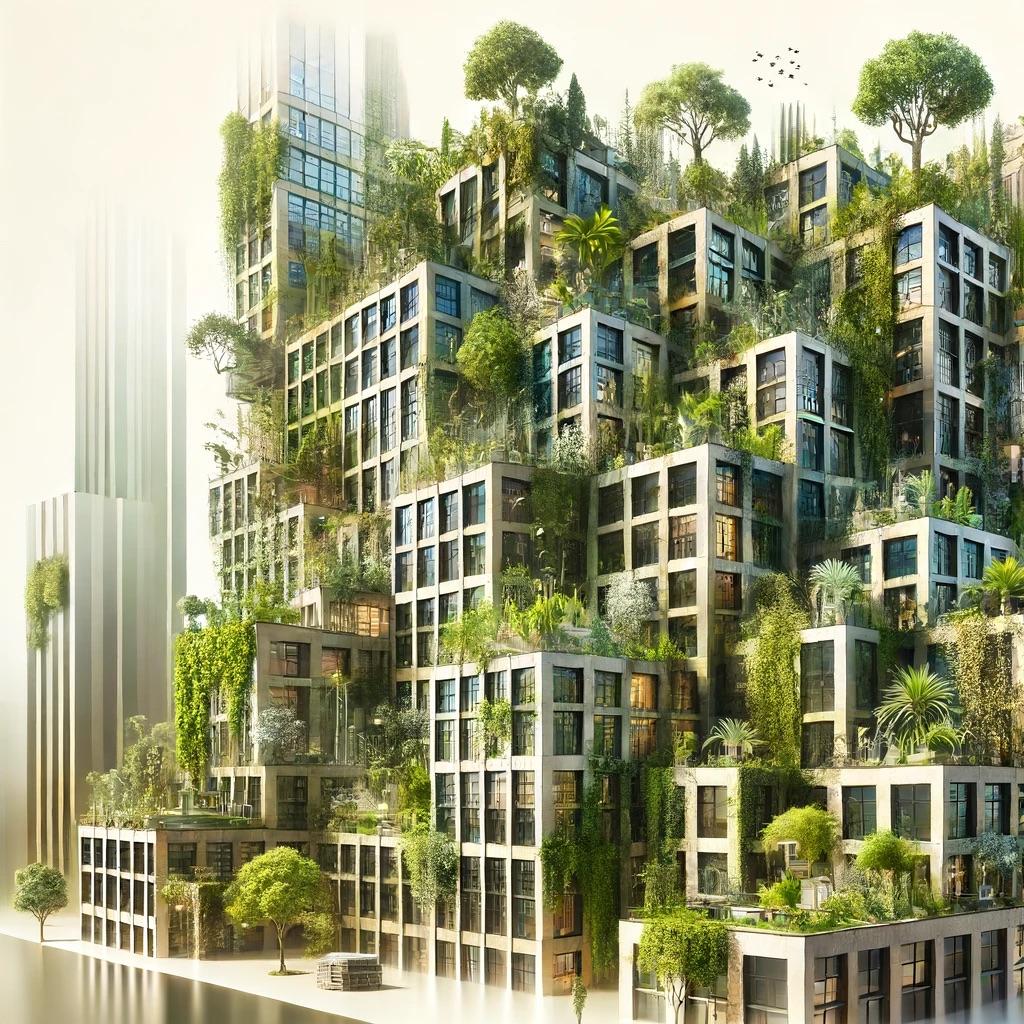
Since time immemorial, buildings were designed with careful consideration of their relationship with the natural environment. Prior to the advent of air conditioning, architects meticulously planned the placement and size of windows to allow for maximum sunlight and natural ventilation. This reliance on the natural world resulted in structures that inherently felt more connected to the environment.
With the dawn of the post-war era and the invention of air conditioning, buildings underwent a colossal transformation. Architects and builders, liberated from the constraints of climate, began to create large, sprawling office buildings, skyscrapers, and complexes, many of which were characterized by limited access to natural light. As a result, vast tracts of these buildings are far removed from windows, making them less desirable for residential conversion where natural light and outside views are sought-after features.
This posed a major challenge for modern architects and developers seeking to repurpose these post-war buildings into residential units. However, ReLeaf, through its revolutionary vertical gardens, emerged as an innovative solution to this problem.
Vertical gardens, also known as living walls, present a unique opportunity to inject life and light into spaces that might otherwise be bereft of both. They not only provide a green and aesthetically pleasing environment but also improve indoor air quality and create a healthier living space. This adaptation is particularly significant in transforming offices with vast internal spaces into desirable residential units.
Through this approach, ReLeaf facilitates the efficient utilization of existing buildings, reducing the demand for new construction and contributing to more sustainable urban development. In a sense, vertical gardens are bringing these buildings full circle, reinstating the connection between built environments and the natural world that characterized pre-war architecture.
Moreover, ReLeaf's vertical gardens offer a closed-loop system, enabling the reuse of waste resources and contributing to a broader shift towards circular economies. This serves as another layer in their mission to foster sustainability and cultivate a greener future.
By enabling the adaptive reuse of post-war buildings, ReLeaf is not only playing a significant role in addressing housing shortages but also facilitating a return to the inherent bond between nature and architecture. Their innovations serve as a testament to the power of green solutions in transforming urban landscapes.